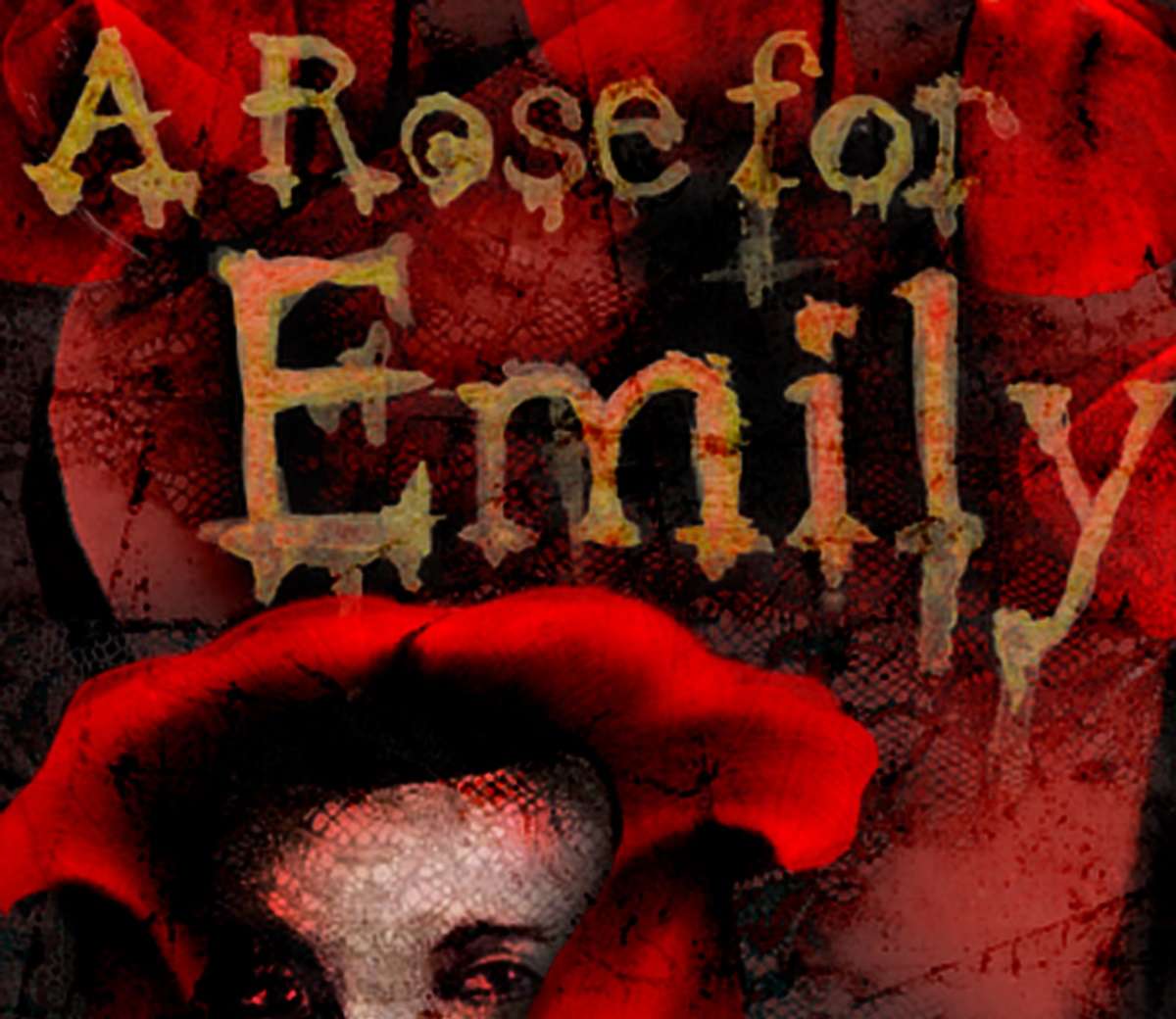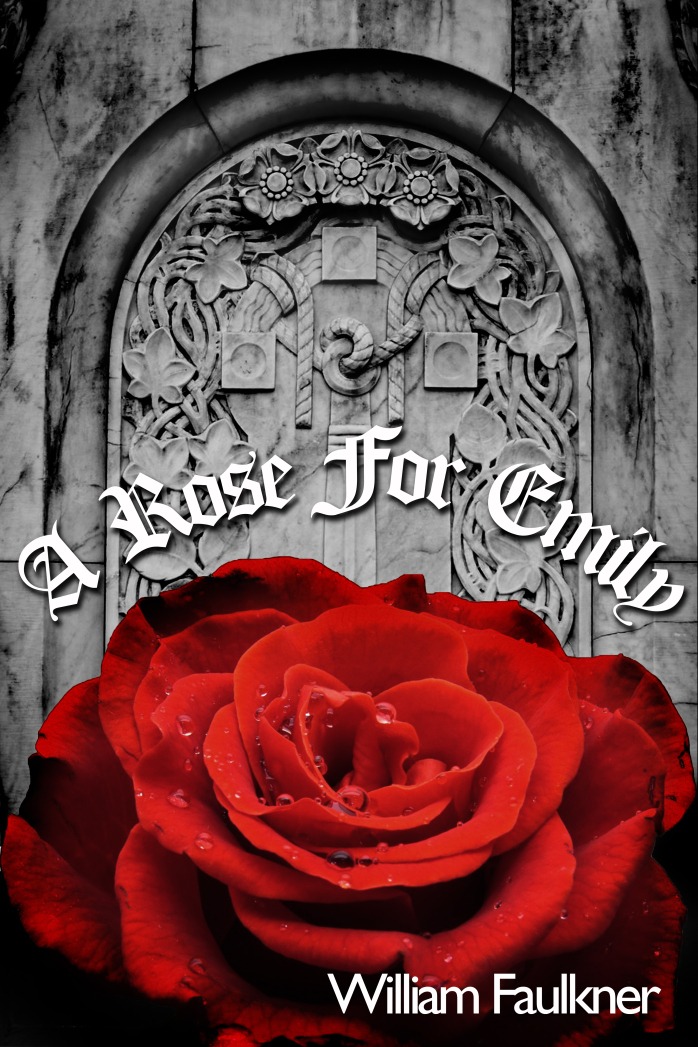Review of "A Rose for Emily" by William Faulkner
You can read "A Rose for Emily" Here
A relatively short story, "A Rose for Emily", recounts the life and tragedy of an older woman who passed away. Lonely, Emily lived in a big house alone with only a manservant to take care of her. The town would often say "poor Emily" anytime something terrible happened to her, yet the town never actually reached out to Emily to help her. Emily's father died and left her the house. She almost had a lover to marry, but then he died, and Emily was teaching painting until her students got older and no new ones came in. The town often depicts Emily as a nuisance and wants to pass her off to her kin from Alabama. The ending of the story paints an even more tragic life for Emily.
This is only my second reading of Faulkner, and while there are some similarities to Barn Burning, I think "A Rose For Emily" is easier to read. Faulkner's style of writing tends to be a bit wordy and but it helps the reader imagine the story in their head. The story is told as town residents recount the life of Emily, from her father's death to her courtship with Homer Barron, then her life as a hermit. It's a well-written narrative device that allows for a shocking ending. The story takes place in a large house in the South, and since the subject is a dead woman, it has a gothic feel. Gothic novels focus on morbid and horrific situations often involving mysterious secrets set in mansions or castles, designed to hook the readers and leave them breathless (Sparknote.com, 2021).
According to Faulkner, the story is about a young woman with hopes and dreams that never come to fruition. Emily was a young girl that just wanted to be loved and yet was kept down by her father, then society (Charters, pg. 1425). The story describes the older Emily as obese and ugly. This depiction follows the sexist and patriarchal notion that a woman's worth lies in her youth and beauty. Emily being old and disgusting means that her life then has no value. Several times, it is mentioned that her family, the Grierson's, thought of themselves in high regard despite their actual social status. Emily holds onto her family's value because that is all she has left.
Another theme is change vs. tradition. The town is trying to change and modernize itself. Emily refuses to pay taxes based on an old verbal agreement with the long since dead mayor of the town. She refuses to have the town install a mailbox at her house, even though she doesn't even gather the mail from the post office. To Emily and the older men that gather in Confederate uniforms at her funeral, time is relative. "The past is not a faint glimmer but an ever-present, idealized realm" (Sparknote.com, 2021).
The story's tragedy comes through at the end when it is revealed that Emily killed her lover before he could leave her. The sad part is that it's implied that she would still lay down next to the dead body on the bed because she craved that affection. "She had broken all the laws of her tradition, her background, and she had finally broken the law of God too" (Charters, pg. 1425). The tragedy lies in the fact that a young Emily was hampered by her father and didn't have any family to help her after that. By the time she killed Homer, she had already compromised her traditions and religion and had no one else to turn to for support. The townsfolk, for all their complaining and gossip of Emily, never did anything to help her. In the end, the only love and affection she had came from the dead body of her lover.
It is a pretty engaging story of an older woman not loved by anyone but the talk of the town. While it does have elements of a Southern Gothic, it also feels in line with Faulkner's other works. The former mayor being Colonel Sartoris, a character in the previous story I read, "Barn Burning". Faulkner was known for creating stories in the same setting, and this feels like it's a continuation of "Barn Burning". Perhaps the young Colonel Sartoris from Barn Burning grew up to be the town's mayor in this story. A shorter read than "Barn Burning"; I recommend checking this one out.
Works Cited
Sparknotes.com, 2021. https://www.sparknotes.com/short-stories/a-rose-for-emily/section1/, https://www.sparknotes.com/short-stories/a-rose-for-emily/themes/
"Part Two: Commentaries." The Story and Its Writer: An Introduction to Short Fiction, by Ann Charters, 9th edition. Bedford/St. Martins, 2015.





No comments:
Post a Comment